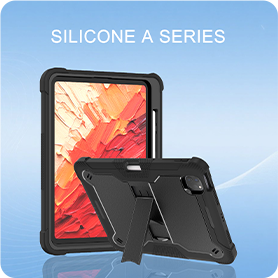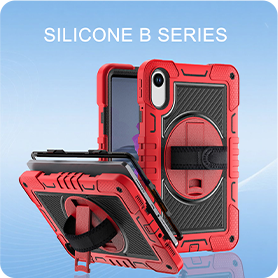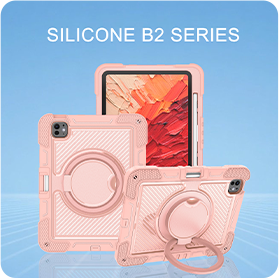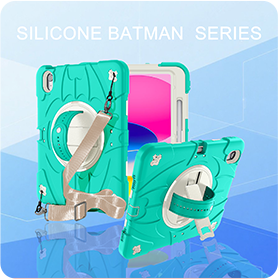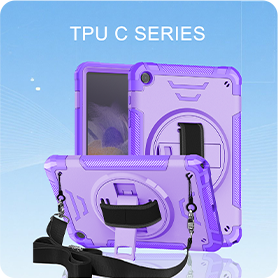- 1
- BLACKL
- TABLETAPPLE iPad A16(2025)NEW iPad 10.9" 10th (2022) iPad 10.2" (7th/8th/9th) iPad Air 13" (M2/M3)(2024/2025) iPad Air 11" (M2/M3)(2024/2025) iPad Mini 8.3" (A7 Pro/6th Gen) iPad Pro13"(M4/M5)(2024/2025)NEW iPad Pro11"(M4/M5)(2024/2025)NEW iPad 9.7" (5th/6th Gen) iPad Pro 12.9"(2018-2022) iPad Pro 11"(2018-2022) iPad 9.7"(2th/3th/4th) iPad Air 10.9"(4th/5th Gen) iPad Mini 7.9"(4th/5th Gen)SAMSUNG Galaxy Tab A11NEW Galaxy Tab A11 PlusNEW Galaxy Tab S11NEW Galaxy Tab A9+ Galaxy Tab A9 Galaxy Tab A8 Galaxy Tab A7 Galaxy Tab A7 Lite Galaxy Tab S11 Ultra/S10 Ultra/S9 Ultra/S8 UltraNEW Galaxy Tab S10+/S9+/S9 FE+NEW Galaxy Tab S10Lite/S10 FE/S9 FE/S9NEW Galaxy Tab S8+/S7+/S7 FE Galaxy Tab S8/S7 Galaxy Tab S6 lite Galaxy Tab A10.1 Galaxy Tab A8.4 Galaxy Tab A8.0 Galaxy Tab S10 FE+NEWLENOVO iDea Tab Plus 2025/Tab K12 2025/ Xiaoxin Pad 12.1 2025NEW iDea tab 11/Tab K11 Gen 2 /Xiaoxin Pad 11 2025NEW Lenovo Tab K9 (Tab One) 2025NEW Lenovo Tab M10 10.1"(2025)NEW Lenovo Tab M10 Plus 10.6" (3rd Gen) Lenovo Tab M10 HD 10.1" (3rd Gen) Lenovo K10/M10 Plus 10.3" (2nd Gen) Lenovo Tab M10 HD 10.1" (2nd Gen)XIAOMI Xiaomi Pad8/8Pro 11.2"NEW Redmi Pad2/Pad2.4GNEW Xiaomi Pad 6/6 Pro 11" Redmi Pad 10.61" Redmi Pad Se 11" Redmi pad Se 4G 8.7" Xiaomi Pad7/7 Pro 11.2" Redmi Pad Pro/Xiaomi Poco Pad/Redmi Pad2 Pro 12.1NEWHUAWEI Huawei Matepad Se 10.4" Huawei Matepad 11" Huawei Matepad 11.5" Huawei Matepad SE 11" Huawei Matepad T8 8" Huawei Matepad T10 9.7"
- CATEGORIES
Next-Generation Rugged Tablet Cases: Shock Resistance, Multi-Angle Utility, and Anti-Slip Design
As digital devices become central to daily operations in education, business, healthcare, and logistics, the demand for advanced rugged tablet cases continues to rise. The latest wave of innovation focuses on three critical features: shock resistant tablet case construction, multi-angle tablet case usability, and anti-slip tablet case materials. These enhancements reflect a broader market shift toward combining maximum protection with daily practicality, ultimately driving new growth opportunities for manufacturers and brands.
The Rise of Shock Resistant Tablet Case Technology
A core market driver is the growing requirement for shock resistant tablet case solutions. Whether in the hands of children, warehouse workers, or field engineers, tablets face constant risks of drops and impacts. The shock resistant tablet case is specifically engineered with multi-layered materials such as silicone, EVA foam, and reinforced plastic frames to absorb and dissipate impact energy. These cases undergo rigorous testing, often meeting or exceeding military-grade drop protection standards.
Organizations in logistics, retail, and education now consider the shock resistant tablet case a vital component of their device deployment strategies. By extending the functional life of tablets and reducing repair costs, these cases provide measurable ROI for institutional buyers. As a result, the market for shock resistant tablet case products is expected to maintain steady, double-digit growth in the coming years.
Multi-Angle Tablet Case: Flexibility Meets Functionality
Today’s tablet users demand more than just protection—they seek cases that improve their productivity and user experience. The multi-angle tablet case answers this need by integrating adjustable stands or hinges, enabling users to position their devices at various viewing angles. Whether participating in virtual meetings, streaming video, reading, or drawing, the multi-angle tablet case offers ergonomic support for every scenario.
This feature is especially valued in professional and educational settings. Teachers use multi-angle tablet cases to facilitate digital instruction, while medical staff and office workers rely on them for hands-free operation during multitasking. The flexibility of the multi-angle tablet case makes it an increasingly popular choice for users who expect their devices to adapt to different workflows throughout the day.
Anti-Slip Tablet Case: Secure Handling for Every User
Another important trend is the development of anti-slip tablet case solutions. Tablets are often used on the move or in environments where wet, oily, or dusty hands are common. The anti-slip tablet case incorporates specialized textured surfaces or rubberized coatings to ensure a secure grip, greatly reducing the risk of accidental drops.
This feature is critical for young students, healthcare professionals, and field technicians, whose work environments may present unique handling challenges. Anti-slip tablet cases not only enhance device safety but also boost user confidence and comfort, leading to greater device adoption in challenging settings.
Market Outlook: Integration, Customization, and Sustainability
Looking ahead, rugged tablet case manufacturers will continue to integrate these features—shock resistance, multi-angle adjustment, and anti-slip grip—into holistic solutions that address user needs across multiple industries. The market will also see greater customization options, such as color choices, branding, and modular attachments.
Sustainability is emerging as a key consideration. Brands are exploring recycled and eco-friendly materials for shock resistant tablet case and anti-slip tablet case models, aligning with global demand for responsible production practices.
As device use expands, the rugged tablet case sector will remain at the forefront of protective innovation, setting new benchmarks for usability, durability, and design.
.png)
+86 13422271740
.png)
info@tongmeitech.com
.png)
No. 34, Mashe Section, Guihe Road, Lishui Town, Foshan, Guangdong, China
